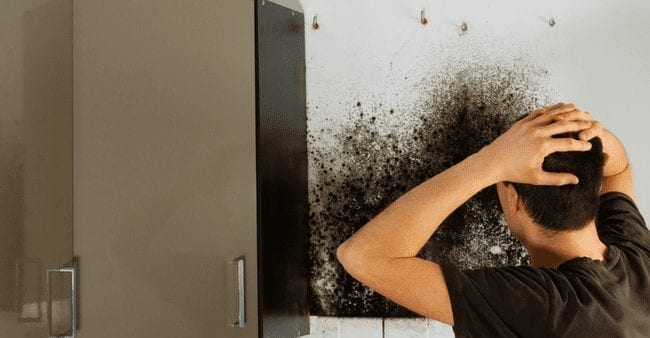Just how to Examine If Your House Has a Concealed Leak
Just how to Examine If Your House Has a Concealed Leak
Blog Article
The article down below on the subject of Locating water leaks is immensely attention-grabbing. Read it yourself and figure out what you think about it.

Early detection of leaking water lines can minimize a possible catastrophe. Some small water leaks might not be noticeable.
1. Analyze the Water Meter
Every house has a water meter. Examining it is a proven way that aids you find leaks. For beginners, shut off all the water resources. Make sure no one will certainly purge, use the faucet, shower, run the washing equipment or dishwasher. From there, go to the meter as well as watch if it will certainly alter. Because no one is using it, there should be no activities. That suggests a fast-moving leakage if it moves. Similarly, if you find no changes, wait a hr or 2 and also examine back again. This indicates you might have a sluggish leak that might even be below ground.
2. Inspect Water Consumption
If you find abrupt changes, in spite of your intake being the very same, it suggests that you have leaks in your plumbing system. A sudden spike in your expense suggests a fast-moving leakage.
A stable rise every month, even with the exact same routines, shows you have a slow-moving leakage that's likewise slowly escalating. Call a plumber to extensively check your home, particularly if you feel a cozy location on your flooring with piping underneath.
3. Do a Food Coloring Test
30% comes from commodes when it comes to water consumption. Test to see if they are running properly. Decline specks of food shade in the storage tank and also wait 10 mins. There's a leakage between the container and also bowl if the color in some way infiltrates your bowl during that time without flushing.
4. Asses Exterior Lines
Don't neglect to inspect your outdoor water lines also. Examination spigots by affixing a garden hose pipe. Must water permeate out of the link, you have a loosened rubber gasket. Change this and guarantee all connections are tight. It will aid obtain it skillfully took a look at as well as maintained every year if you have actually obtained a lawn sprinkler system. One small leakage can throw away tons of water and spike your water costs.
5. Evaluate and also Assess the Scenario
House owners must make it a habit to inspect under the sink counters and also even inside cabinets for any type of bad odor or mold and mildew growth. These two red flags show a leakage so prompt interest is called for. Doing regular assessments, also bi-annually, can conserve you from a major problem.
Examine for discolorations as well as damaging as most devices and pipelines have a life expectations. If you think dripping water lines in your plumbing system, do not wait for it to escalate.
Early discovery of dripping water lines can mitigate a possible disaster. Some small water leaks might not be noticeable. Examining it is a surefire way that assists you find leakages. One little leakage can throw away loads of water and also spike your water bill.
If you think leaking water lines in your plumbing system, don't wait for it to escalate.
WARNING SIGNS OF WATER LEAKAGE BEHIND THE WALL
PERSISTENT MUSTY ODORS
As water slowly drips from a leaky pipe inside the wall, flooring and sheetrock stay damp and develop an odor similar to wet cardboard. It generates a musty smell that can help you find hidden leaks.
MOLD IN UNUSUAL AREAS
Mold usually grows in wet areas like kitchens, baths and laundry rooms. If you spot the stuff on walls or baseboards in other rooms of the house, it’s a good indicator of undetected water leaks.
STAINS THAT GROW
When mold thrives around a leaky pipe, it sometimes takes hold on the inside surface of the affected wall. A growing stain on otherwise clean sheetrock is often your sign of a hidden plumbing problem.
PEELING OR BUBBLING WALLPAPER / PAINT
This clue is easy to miss in rooms that don’t get much use. When you see wallpaper separating along seams or paint bubbling or flaking off the wall, blame sheetrock that stays wet because of an undetected leak.
BUCKLED CEILINGS AND STAINED FLOORS
If ceilings or floors in bathrooms, kitchens or laundry areas develop structural problems, don’t rule out constant damp inside the walls. Wet sheetrock can affect adjacent framing, flooring and ceilings.
https://www.servicemasterbyzaba.com/blog/how-to-detect-water-leakage-in-walls/

I found that content on Locating water leaks when doing a search on the internet. Sharing is good. You won't know, you will be helping someone out. Bless you for your time. Come back soon.
Report this page